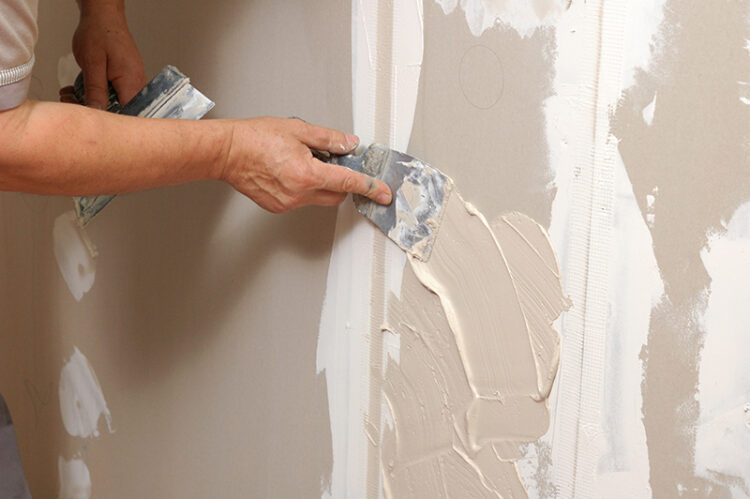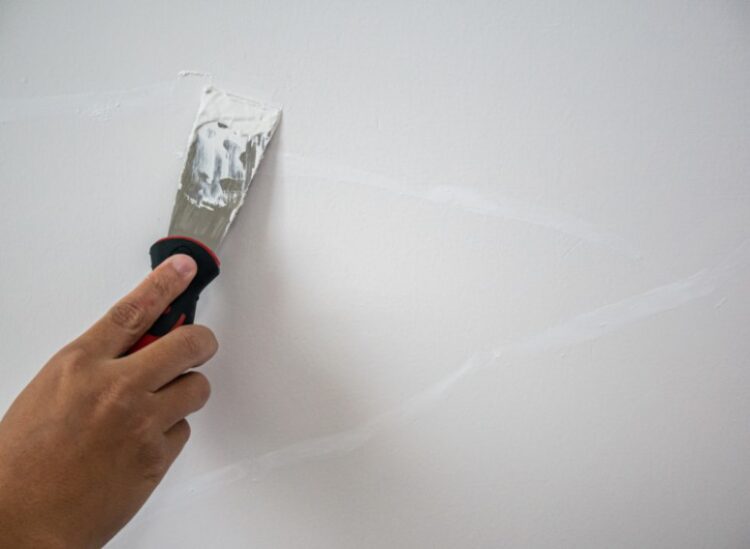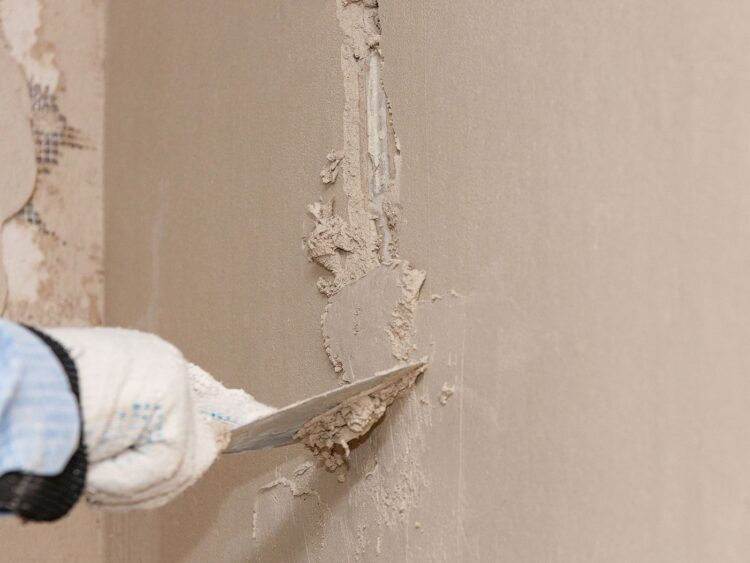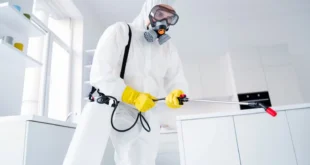Everything evolves and changes so rapidly these days that sometimes it seems like we are overwhelmed with everything going on. In most cases, that’s because there are some new tech achievements and addons coming out almost every day. Okay, we might have exaggerated a bit, but the tech has really advanced so much lately, and we can say the same thing for most other things as well. Namely, something we did or some material we used just a decade or two ago is today a thing of the past. When it comes to building and homes, from time to time, certain repairs and renovations are needed, depending on how old and in which state they are. Of course, preserving and taking good care of the walls as an example is also of vast importance, as neglecting them will lead to more damage. Repairing or restoring something can cost quite much, which is the main reason why contractors often recommend a much cheaper option, and that’s demolishing. In order to avoid that, there are many things you can do, and, depending on the material that’s used for the walls, it doesn’t have to cost that much. Let’s take plaster as an example, as this material, although still used today, is more something that’s used for the protective or decorative coating of walls. In the past, plaster was a material that was used quite often, which brings us to the question at hand, and that’s whether repairing plaster walls is actually a difficult and time-consuming job.
Why fix it?

Many people are asking themselves whether it is worth fixing plaster walls or it’s a much better option to change them and avoid dealing with cracks and holes. Even though for most things in life, there is some non-written rule that new is somehow always better, talking about plaster walls, there are two sides to look at it. Replacing them is a good option, but it could be more expensive than simply fixing them, and it also requires more time because we need to rip them out, clean the wall, and prepare it from some other material we want to use. We can fix them on our own without too many tools and materials, and what is probably the most important, without too much experience. We can always ask someone for advice and help, but if you do not want to bother anyone, there are many tutorials online, so you can easily learn how to fix it on your own. Of course, in case you don’t want to do it yourself or don’t know how, or even if you don’t have enough time, it’s always better to replace it entirely, and be sure that it will last for quite some time. The only thing here is choosing the right company that works with plaster products, as you would want to go with the reputable one, the one that has a great user review, but also that doesn’t cost that much, like DFN Plaster, for example.
What are the main problems?

Fixing some problem is impossible if we do not detect it on time, and when it comes to plaster walls, we need to know exactly what we need to fix and, what’s perhaps even more important, how to do it properly. Let’s start from the basics as first of all you need to make sure if there are cracks or holes to be fixed, or maybe a lath. After detecting the problem, it is time to focus on solving it, and each of these possible problems needs to be fixed in a different way.
Cracks
When it comes to cracks, all we need is to remove the plaster around the cracks, clean the surface, and fulfill all the cracks with a mixture of dry plaster and water. There is no need to put more than one layer of the mixture, and you need to wait for a day to make sure that it is completely dry before sanding and painting it. The waiting period is crucial here as you don’t want it to dry too much, but you would also want to avoid sanding before it is entirely dry, so one day period is the perfect waiting time.
Holes

The situation with holes is a little more challenging, but there is no need to worry because it can also be done without too much effort, and it is not of vast importance to have any previous experience for that. Holes require more different layers to make sure that they will not appear again, but just like fixing cracks, it all starts with removing the broken parts and cleaning the surface. Since you will need to remove a bigger part of the plaster, make sure to put the latex bonding agent between the lath and the new plaster piece to avoid moisture. After that, you will need the same mixture used for cracks, but it needs to be put in two layers, and each of them need to be completely dry, which means that it is necessary to wait for a day before putting the second one, and one more day for it to dry. The final layer is a joint compound, and it needs to be put on a wider surface than plaster to blend into the wall.
Lath
The third main problem might be the lath behind the plaster and its condition, and for fixing the hole in it, we will need a piece of metal that will cover it. After doing so, you should add some base coat into the lath to cover all the spots, cracks, and possible holes, and also add some wire to hold it all together, and then put the layer of plaster. When it is dry, you need to cut the wire, put the joint compound, wait for it dry, sand the area until it’s smooth, and afterward, it is ready for painting.
Conclusion

From everything mentioned above, it’s pretty clear that repairing plaster walls doesn’t have to be such a time-consuming, costly, or even a difficult job overall, as even those with no experience can manage it. Of course, replacing them and going with new plaster walls or some other plaster products, for that matter, is always a much better option, as you will be sure that it will last for quite some time. On the plus side, knowing that you can try to do it on your own, and then, in case of any trouble, you can decide to replace it, means that if there is any crack in your plaster walls, you should deal with it immediately.
 Hi Boox Popular Magazine 2024
Hi Boox Popular Magazine 2024



